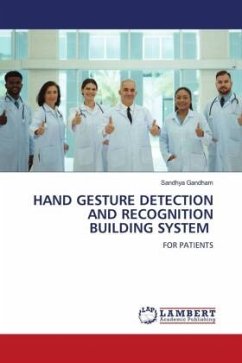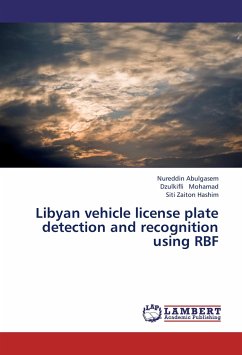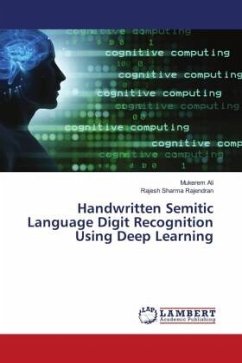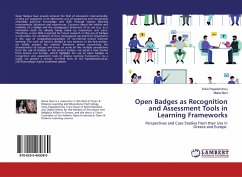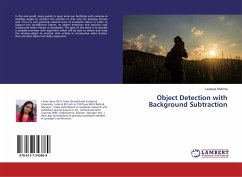The relationship between humans and computers is called human-computer interaction (HCI). In the field of medical assistive technology specifically, hand gesture is considered a suitable method to convey information. Sick, physically handicapped, and elderly cannot move parts of their bodies or express their feelings with words. Vision-based hand gesture recognition generally consists of sample capturing, image reprocessing, feature extraction, and classification. Among these procedures feature extraction aims to detect and extract features that can be used to determine the meaning of a given hand gesture. The extracted features should be able to describe gestures uniquely and be robust to the shift and rotation of hand gestures in order to achieve reliable recognition. we proposed a method to extract a series of features based on convex defect detection, taking advantage of the close relationship between the convex defect and fingertips. This method is simple, efficient, and free from gesture direction and position.

